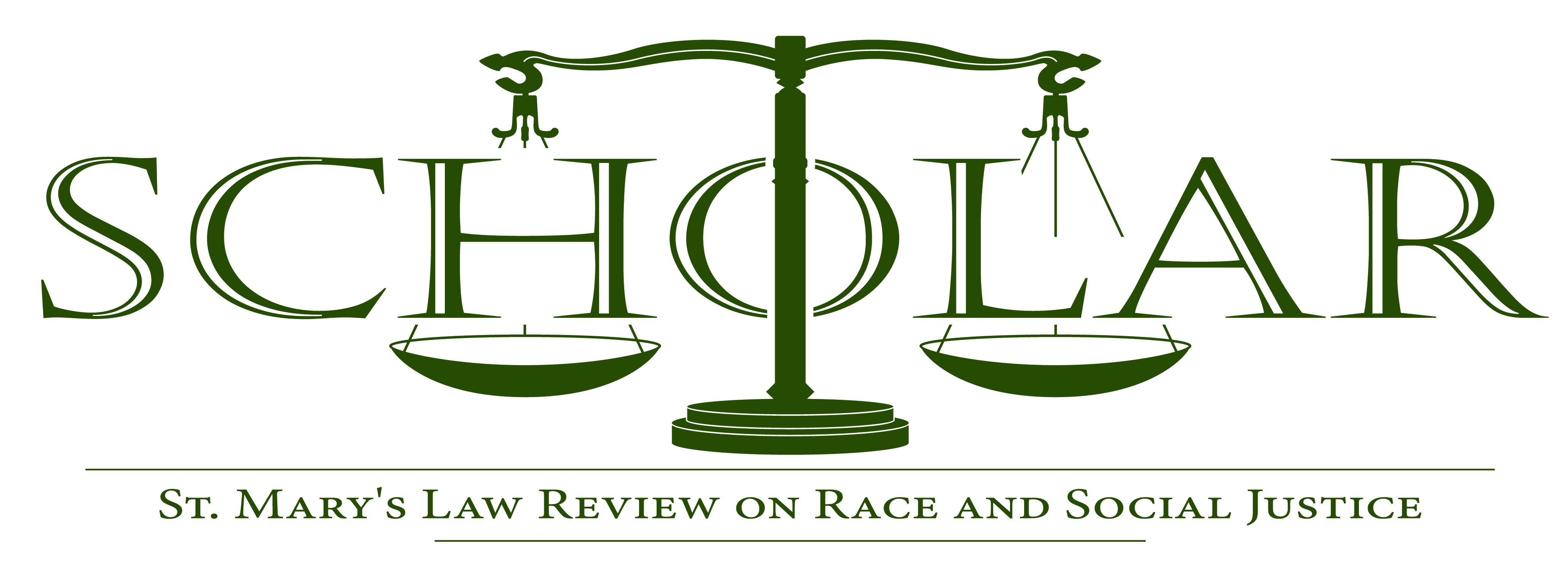
Abstract
The United States has repeatedly victimized indigenous populations by stripping away tribal sovereignty and self-determination. One such example is Indian tribal reservations historical absence of jurisdictional autonomy. Prior to 1953, Indian tribal reservations shared jurisdiction with the federal government, allowing some semblance of autonomy. However, passage of Congress’s Public Law 280 erased this form of self-determination. This law enabled states to assume all civil and criminal jurisdiction over Indian tribal reservations. More recently, however, reservations have slowly begun to regain jurisdictional autonomy through the process of retrocession: the act of returning something taken. The achievements of the Winnebago Tribe of Nebraska evidence the immense impact of jurisdictional retrocession. Before jurisdictional retrocession, the Winnebago tribe faced many barriers that prevented them from thriving due to a lack of self-determination. This changed following the passage of Legislative Resolution 57 which ended criminal and civil jurisdiction over the Tribe, returning some semblance of autonomy to the Winnebago Tribe. After its passage, the Winnebago established various business enterprises dedicated to increasing their self-sufficiency and encouraging the development of the Tribe. These enterprises have led to incredible improvements in government, education, economy, health needs, and infrastructure. The 1988 passage of the federal Indian Gaming Regulatory Act has further contributed to the tribe’s economic success with the opening of the tribe’s casino in 1992. In 2001, the Winnebago Tribe was recognized for the innovative manner they approached the challenges of governing. As such, the Winnebago serve as a prime example of the importance of returning that which was taken.
Last Page
35
First Page
1
Date Created
2001-01-01
Journal Title
The Scholar: St. Mary's Law Review on Race and Social Justice
Recommended Citation
Milo Colton,
Self-Determination and the American Indian: A Case Study,
4
The Scholar
1
(2001).
Available at:
https://commons.stmarytx.edu/thescholar/vol4/iss1/1
Volume Number
4
Issue Number
1
Publisher
St. Mary's University School of Law
ISSN
1537-405X

